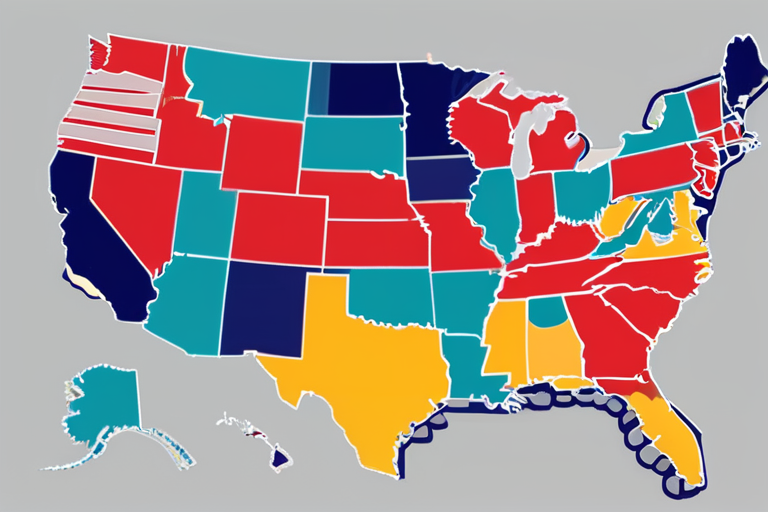Soft Secession Gains Momentum: Breaking Down Big States into Smaller Units


Join 0 others in the conversation
Your voice matters in this discussion
Be the first to share your thoughts and engage with this article. Your perspective matters!
Discover articles from our community

 Hoppi
Hoppi

 Hoppi
Hoppi

 Hoppi
Hoppi

 Hoppi
Hoppi

 Hoppi
Hoppi

 Hoppi
Hoppi

Breaking News: Comey Latest Target of Trump's Weaponized Justice Department Former FBI Director James Comey was formally charged with making …

Hoppi

Hamas Responds to Trump's Peace Plan: A Glimmer of Hope or a Hollow Promise? In the scorching Gaza Strip, where …

Hoppi

LifeThe real problem with kids diets todayHow MAHA is trickling down to Gen Alpha.by Anna NorthAug 30, 2025, 11:00 AM …

Hoppi

Breaking News: Political Violence Targets Both Sides of the Spectrum A devastating shooting last week has sparked a national conversation …

Hoppi

Breaking News: Mexican Drug Lord El Mayo Pleads Guilty to Racketeering in New York Ismael El Mayo Zambada, a 77-year-old …

Hoppi

BREAKING NEWS Palestinian Recognition Sparks Fears of Israeli Annexation Pushback Jenin, West Bank - In a move that has sparked …

Hoppi